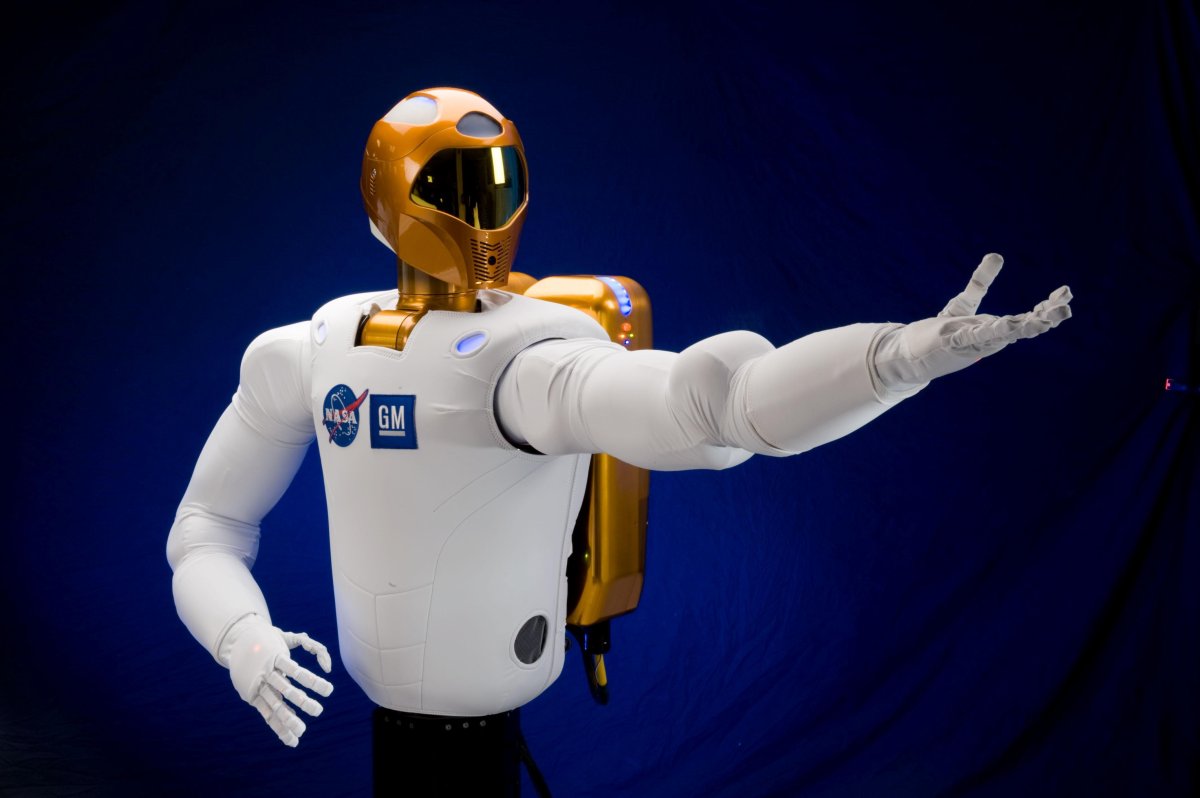
Will future firefighters have to walk through burning buildings and risk their lives like they do today? Not if the next XPrize is awarded to a worthy winner. The XPrize foundation is offering up to $10 million to whoever can develop the first “real world avatar” — humanoid robots that have human identities and can be controlled remotely. With the right tech connecting them to their human counterpart, robot avatars could run into fiery buildings for us and much more.
“It’s a vision of the future where you don’t have to physically get on an airplane to go someplace,” Peter Diamandis, XPrize founder, told Fast Company. “I occupy the robots through my senses, so we can distribute expertise and capabilities where they are needed, almost instantaneously.”

Teams looking to compete and develop the world’s first, functional avatar must demonstrate that their robot can operate in real-world scenarios. To be eligible, robots will have to be controlled from at least 60 miles away. The biggest challenge that teams will likely face, however, is not distance. Haptic suits that allow you to remotely experience touch already exist, but the real challenge will be to make them work in real-time. This would allow the user to feel what the robot feels and respond quickly to any unexpected input. A connection that fast doesn’t exist yet — but XPrize is hoping to change that.
This prospect is exciting, but just because money is up for grabs, that doesn’t mean there will be a winner. The foundation has seen competitions fall through before. The Google Lunar XPrize, which began in 2007, was canceled this past January when it became clear that no team would be able to make a launch attempt by the March 2018 deadline. The Archon Genomics XPrize aimed to reduce the cost and increase the speed of human genome sequencing is another example: the competition was called off in 2013 because the technology had already advanced very quickly.
Still, not only is Diamandis confident that the competition will yield interesting results, he is also exploring how the general public might respond to such avatars. He believes that avatar robots will become mainstream by 2032 — and by then, we’ll supposedly be able to transport our consciousness as well. Whether or not that last part is going to happen, robot avatars could be enormously helpful.
Besides jumping into burning buildings, avatars could allow distant family members to care for their aging parents through an avatar. Surely, at the beginning they might be capable of carrying out simple tasks only, like cleaning and checking that a patient is ok, but one day avatars could provide health care and much more.